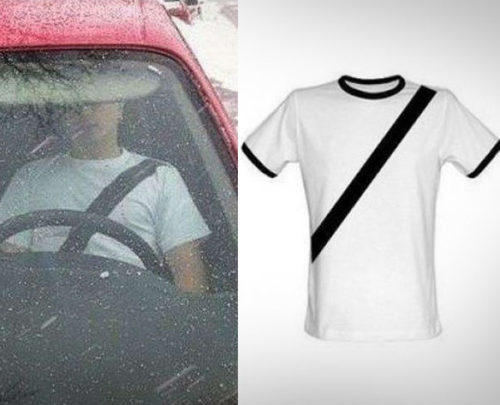Here’s a flashback from Canadian news. An Alberta judge ruled in 1989 that seat-belt use could not be made mandatory under the constitution:
Fast forward and by 2009 Alberta reported 92% acceptance of their government rule that says…
There is a $162 fine for not complying with occupant restraint laws.
Similarly, Alberta started with a lax approach to the COVID19 pandemic that sent it into a preventable death spiral. Their tune has completely changed now, albeit late yet again:
“The government’s first obligation must be to avoid large numbers of preventable deaths. We must deal with the reality that we are facing. We cannot wish it away. Morally, ethically and legally, the protection of life must be our paramount concern.”
The United States (including its Supreme Court) apparently has been more successful at defeating stupid attempts like Alberta’s to rule safety technology unconstitutional.
Seat belt laws have mainly been challenged as a violation of an individual’s constitutionally protected right to privacy and as an invalid exercise of a state’s constitutionally granted police power. These arguments have been rejected by the courts in Illinois, Iowa, and New Jersey, and also, we believe in New York. The North Carolina case unsuccessfully attacked the law on different grounds, e.g., that it represented involuntary servitude and slavery. The Montana case involved a declared “free” man’s unsuccessful assertion that he was not subject to any state or federal laws.
Ok, Montana might take the prize for being the dumbest take on freedom (obviously laws protect freedoms by encoding definitions of encroachment) but someone in North Carolina actually argued slavery?!
Leave it to a Carolinian to put forward an official argument that slavery is equivalent to putting on a seat belt.
I can’t bring myself to read the court documents for fear I’ll find someone writing down that slavery was just a way to protect slaves from being enslaved.
For some reason asking people to do what is easy and in their own best interests, as well as the interests of others, turns them into toddlers throwing tantrums.
How stupid and defiant do you have to be to go to the trouble to buy and put on a seat belt shirt when it has none of the advantages of seat belts, including ease of putting it on and taking it off?

The fake seat-belt shirt really should make the wearer look like a crash test dummy and have a large organ donor form on the front and back. That at least makes it worth the effort of putting one on.
On second thought, what if the government mandated wearing a t-shirt with fake seat-belt graphic and people protested by putting on real seat-belts instead?
Perhaps you won’t be surprised to hear that in a state known for its Nazism, a government official who drove seat-belt laws was accused of…
Michigan Rep. David Hollister received a letter likening him to Hitler.
New Yorkers complained in a similar fashion, although they invoked Russia.
Speaking of dictators and Russia, Ronald Reagan tried to block a NHTSA rule requiring passive restraints and was struck down by his Supreme Court in a unanimous decision.
Here’s a tragic data point to think about, given Ronald Reagan was clearly putting Americans needlessly into harms way:
…the one out of eight Americans who don’t wear their seat belts account for nearly two-thirds of all the fatal accidents…
Reagan was without question a horrible human being.
And on that note, here’s the American version of that Canadian video above.